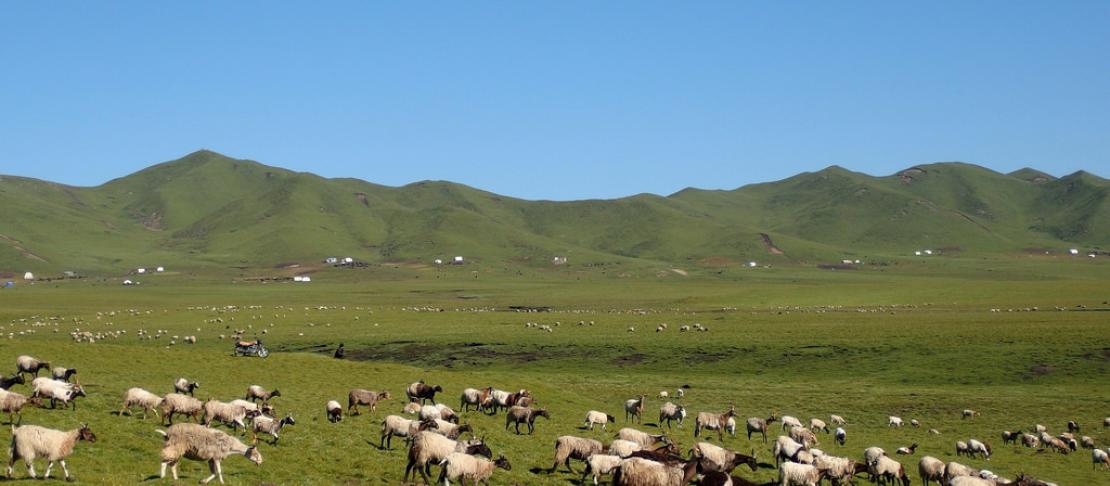Linking herders to carbon markets in China

Summary
The research was implemented in collaboration with the World Agroforestry Centre (ICRAF).
While smallholder farmers and communities adopt agricultural practices that provide carbon sequestration benefits, it can be difficult for them to reap economic rewards by accessing carbon markets. For example, effective grassland management can substantially improve livestock productivity and also sequester carbon, providing a double win. However, the lack of approved standards for monitoring and accounting the carbon sequestration prevents farmers from tapping into carbon markets. The absence of tangible economic incentives can limit adoption of practices capable of restoring degraded grasslands.
To fill this gap, the World Agroforestry Centre (ICRAF) collaborated with partners including the Government of China, livestock herders, and the private sector, to develop a cost-effective method for accounting and monitoring grassland carbon sequestration. ICRAF and partners established the Three Rivers Grassland Carbon Sequestration Project as a pilot in the Qinghai province of northwest China, with an annual mitigation potential of 63,000 tonnes of CO2e, over the first ten years of the project. As part of the project, ICRAF submitted drafts of two accounting and monitoring methodologies to the Government of China, and the Verified Carbon Standard (VCS), the world’s largest international voluntary carbon market standard. In 2014, the Government of China approved a revised methodology for accounting and monitoring grassland carbon sequestration, to be used for trading in domestic carbon markets. In the Qinghai province’s Five Year Plan, carbon market integration has been written into the ecological programs. Furthermore, the grassland carbon sequestration accounting and monitoring methodology was approved and endorsed by the VCS for global use.
Key facts
- Effective grassland management can provide both mitigation and productivity benefits.
- ICRAF collaborated with several partners to establish the Three Rivers Sustainable Grazing Project. Over the first ten years, the mitigation potential of the project is 63,000 tonnes of CO2e each year.
- ICRAF accounting and monitoring methodologies have been adopted by the Government of China, and are approved by the VCS, for use in the development of further grassland carbon projects.
Lessons: key elements of success
- Economic incentives can motivate farmers to adopt sustainable practices, such as effective grassland management.
- Although the grassland carbon sequestration accounting and monitoring methodology allows for both direct sequestration measurement and modelling, the latter is more cost-effective.
Further reading
- New VCS methodology to help grassland farmers sustainably manage their land
- Tapping carbon markets to support grassland livelihoods
Related research outputs
- Wang S, Wilkes A, Zhang Z, Chang X, Lang R, Wang Y, Niu H. 2011. Management and land use change effects on soil carbon in China s grasslands: a synthesis. Agriculture, Ecosystems & Environment 142(3-4):329 340.


